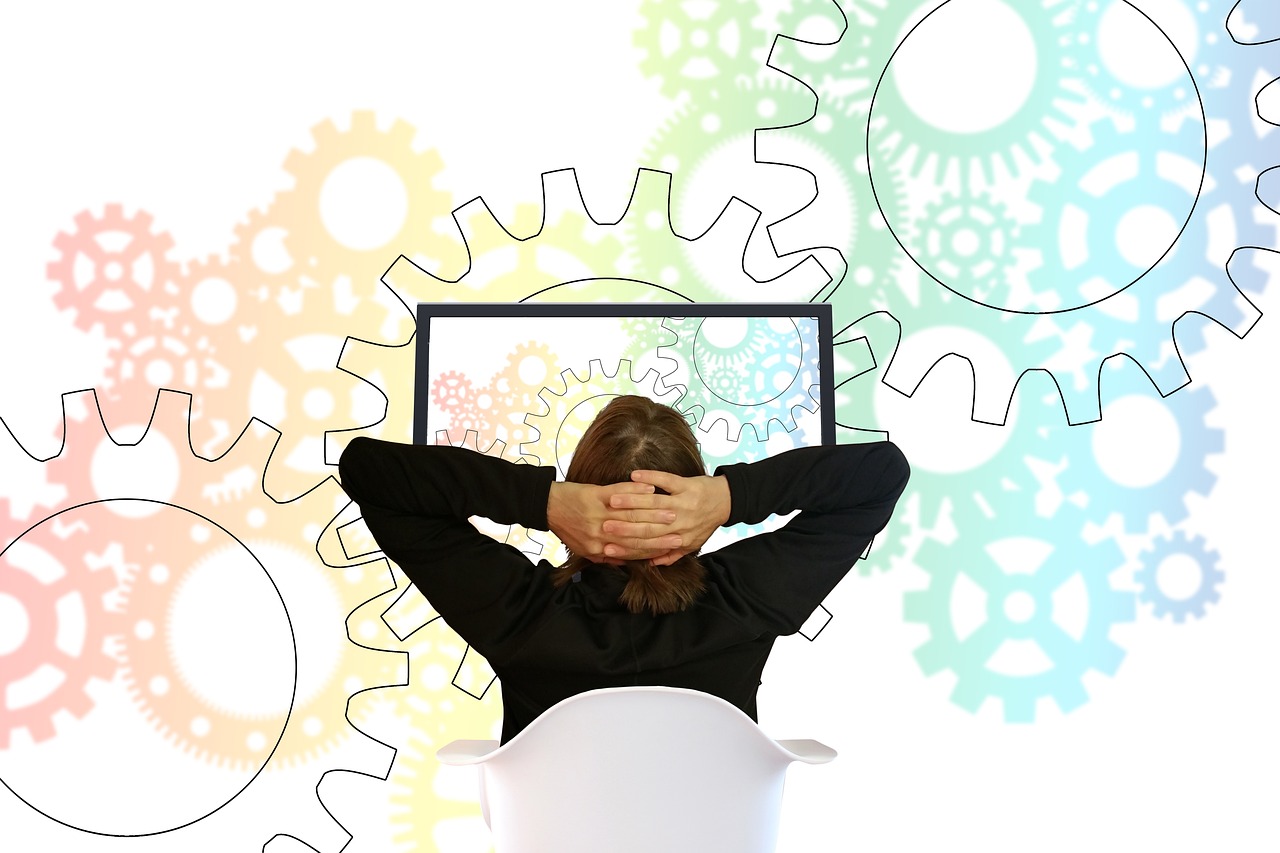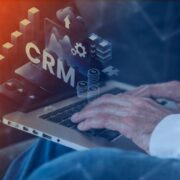Optimizing Customer Journeys Through Marketing Automation Techniques
What’s the best way to expand your business in today’s digital world?
In today’s market successful businesses need more than just good products or services. The most significant transformation comes from how you establish relationships with your customers at every stage of their brand experience.
And here’s the kicker…
The essential element in crafting successful customer journeys that turn browsers into buyers and buyers into loyal advocates is marketing automation.
When implemented correctly, marketing automation can:
- Save you precious time on repetitive tasks
- Create personalized experiences that customers crave
- Generate more qualified leads that actually convert
- Boost your ROI across all marketing channels
My recent project involved assisting a mid-sized ecommerce business which could not manage their customer communication processes effectively. A Johnny Grow marketing software consultant helped us implement the right automation tools.
Here’s how you can achieve better outcomes by streamlining your customer journeys with advanced marketing automation strategies.
What You’ll Uncover:
- What Is Marketing Automation & Why It Matters
- Mapping Your Customer Journey For Automation Success
- Essential Marketing Automation Tools For Business Growth
- Step-By-Step Implementation Strategies That Actually Work
- Measuring Success: Key Metrics To Track
What Is Marketing Automation & Why It Matters
Marketing automation describes software solutions that support businesses in automating their marketing activities across various channels. Marketing automation includes important activities like scheduling social media posts and sending automated emails but goes beyond just those tasks.
Real marketing automation involves designing a continuous customer experience throughout their entire journey from first learning about your brand to making a purchase and fostering lasting engagement.
Currently 56% of companies use marketing automation while 40% of B2B companies plan to adopt this technology soon. The fast adoption rate exists because marketing automation delivers positive results.
Why does marketing automation matter so much? It’s simple:
- Marketing automation allows your team to allocate less time to repetitive tasks and dedicate more time to strategic planning.
- Your communication remains uniform across every customer interaction point.
- Marketing automation delivers targeted content to your customers by analyzing their behavior.
- Your marketing operations can expand without requiring additional personnel.
Manual customer communication management has become impractical in today’s environment. Because businesses face enormous touchpoint numbers and personalized experience demands, automation has become essential rather than optional.
Mapping Your Customer Journey For Automation Success
Understanding your customer’s journey is essential before implementing any automation processes. Many businesses fail because they attempt to automate processes before mapping their customers’ journey.
Here’s how to do it right:
- Identify all touchpoints: Document every customer interaction with your brand beginning with the initial awareness stage and continuing through post-purchase support.
- Recognize pain points: Which areas of the journey result in customer drop-offs or difficulties?
- Understand customer needs: What specific information do customers require during each step of their journey?
- Document desired actions: What specific actions should you direct customers to perform during each stage of their journey?
Marketing professionals now indicate that their customer journey processes have high levels of automation with 35% of journeys being either mostly automated or fully automated as of 2023. Businesses are now more frequently understanding how automation improves the overall customer experience.
Successful journey mapping requires you to adopt the customer’s point of view rather than your own. Ask yourself:
- Which inquiries do customers present during each stage of their journey?
- What worries exist that could block them from progressing?
- What prompts customers to progress to the subsequent phase of their journey?
After mapping your customer journey in detail you can start to determine which segments can benefit from automation enhancements.
Essential Marketing Automation Tools For Business Growth
The worldwide marketing technology market has expanded substantially and now comprises $344.8 billion in total value with North America and the UK regions accounting for $149.7 billion. The rapid growth of marketing technology has created more choices for marketers than at any previous time.
What automation tools require your investment? These basic tools will help you optimize your customer journey.
- Email Marketing Automation
Email marketing automation continues to stand as digital marketing’s essential foundation while offering significant operational impact. Automation in email marketing is the most utilized form of marketing automation with 58% of marketers implementing it.
Look for platforms that offer:
- Behavior-triggered emails
- Advanced segmentation capabilities
- A/B testing features
- Detailed analytics
- CRM Integration
Your automation tools need to communicate flawlessly with your customer relationship management system. The integration system centralizes customer data so it becomes easily accessible for personalization efforts.
- Social Media Management
Almost half of marketers have adopted automation tools for social media management which proves the critical role of automated customer journeys throughout multiple channels. An effective tool provides capabilities for post scheduling, engagement monitoring, mention responses, and performance analysis.
- Landing Page & Form Builders
The available tools make it easy to construct and evaluate multiple landing pages and forms which serve as essential touchpoints in your customer journey.
- Analytics & Reporting
You can’t improve what you don’t measure. A complete set of analytics tools enables you to track your automated customer journey performance and identify necessary adjustments.
Step-By-Step Implementation Strategies That Actually Work
Given your understanding of marketing automation and chosen tools, we should now move on to discuss the implementation process for these solutions. The marketing automation software market is expected to grow to $11.25 billion by 2031 yet all that technology becomes ineffective without a solid implementation strategy.
Here’s my proven step-by-step approach:
1. Start Small & Scale
Begin with automating a single customer journey segment before expanding to others. Start by automating a single section of your customer journey before proceeding to others and apply those insights to enhance future automation processes.
2. Build Your Audience Segments
As of 2023 about 63% of marketers implement automation in their email marketing activities. Automation magic extends beyond automated messaging as it ensures messages reach their intended recipient at the precise moment they need it.
You need to divide your audience into groups according to demographics, behavior patterns, customer journey stages, and personal interests/preferences to achieve effective targeting. When you create detailed audience segments your automated messages become more personalized.
3. Create Trigger-Based Workflows
The foundation of effective automation consists of triggers which are defined actions or behaviors that activate an automated response. High impact triggers consist of website behavior patterns along with email engagement actions purchase-related activities and customer service interactions.
4. Develop Quality Content For Each Stage
The success of your automation directly depends on the quality of content it provides. Develop content tailored to each phase of the customer journey that answers the unique questions and concerns potential customers encounter during awareness and retention stages.
Measuring Success: Key Metrics To Track
What metrics should you monitor to evaluate the effectiveness of your marketing automation initiatives? You need to track the right metrics:
- Track email open rates along with click-through percentages and analyze conversions from landing pages and social media interactions to measure customer engagement.
- Journey Progress Metrics require tracking the duration customers spend in each stage alongside the conversion rates between those stages while identifying the points where they drop off.
- Key revenue-related metrics that track the success of marketing automation include Customer Acquisition Cost (CAC), Customer Lifetime Value (CLV), Return on Investment (ROI), and revenue generated by automated campaigns.
Pulling It All Together
The optimization of customer journeys through marketing automation requires continuous refinement and improvement rather than being a completed project.
Companies operate in an ever-changing business environment while the demands of customers keep increasing. Creating personalized experiences through mapping customer journeys and implementing effective automation strategies allows businesses to convert more customers and build lasting loyalty.
The most successful automation strategies are those which customers perceive as human-like rather than mechanical. Customers need communications that deliver relevant information at the precise moment they need it rather than automated messages that come across as impersonal.
Begin with straightforward steps and use your data to refine your method while constantly seeking improvements. Your bottom line and your customers will show gratitude for your efforts.




